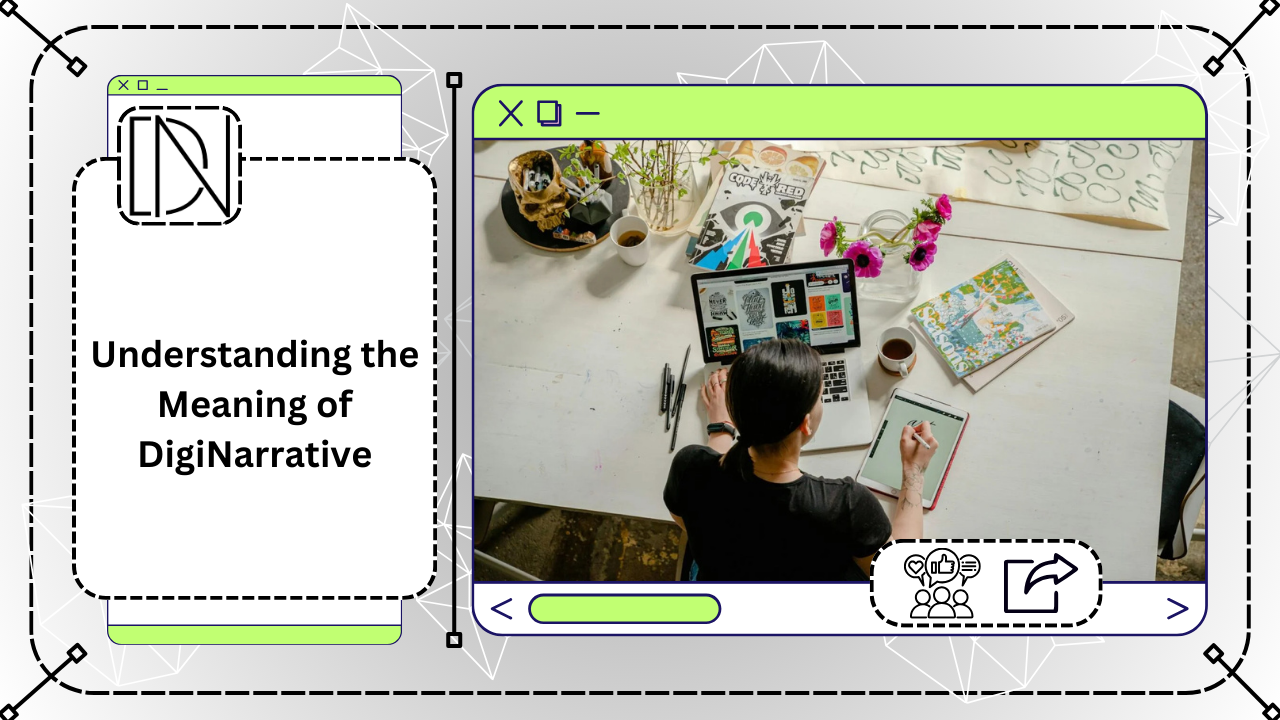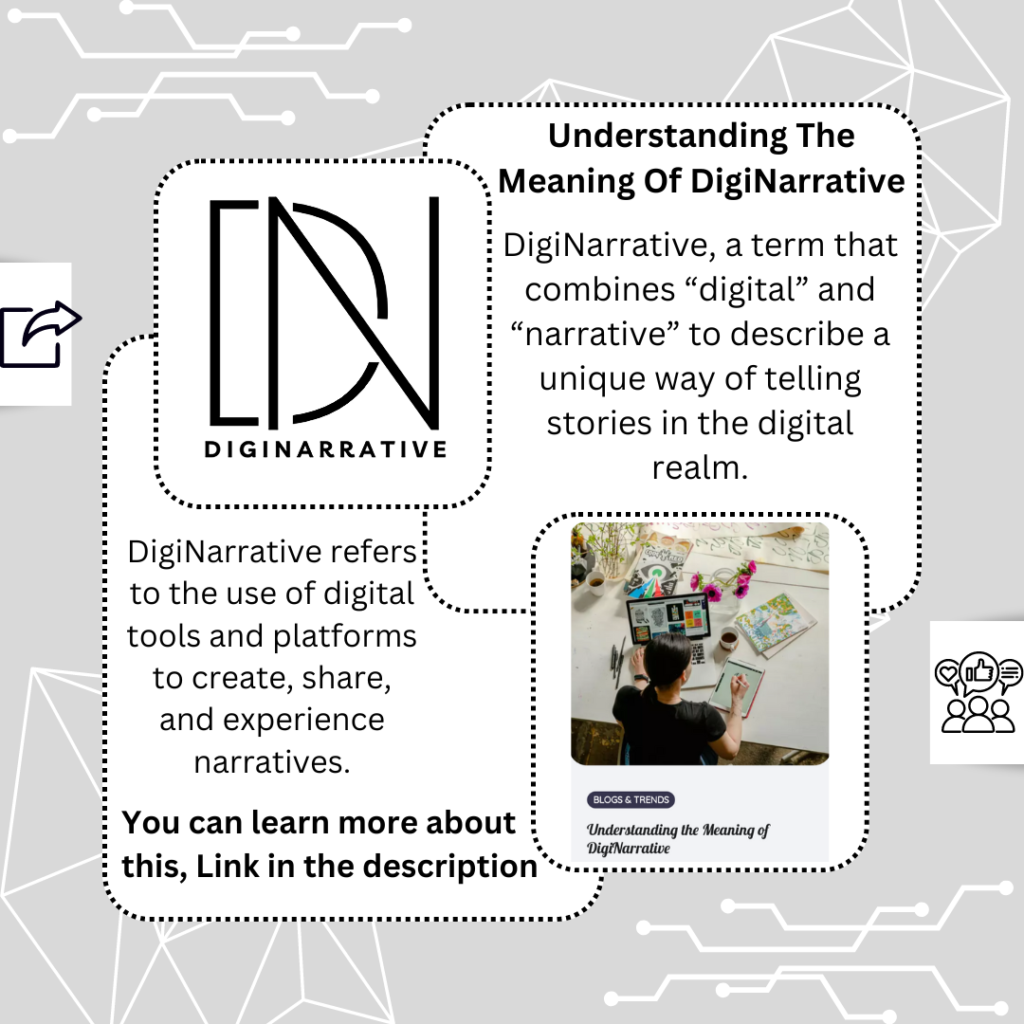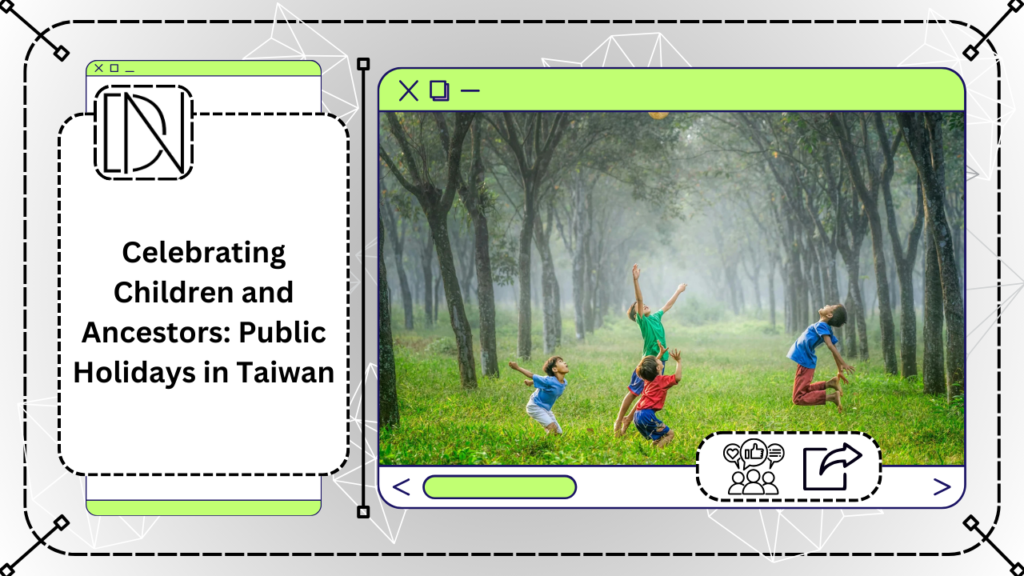In today’s digital age, where technology plays a significant role in our lives, new forms of storytelling have emerged. One such form is known as DigiNarrative, a term that combines “digital” and “narrative” to describe a unique way of telling stories in the digital realm.
DigiNarrative refers to the use of digital tools and platforms to create, share, and experience narratives. It encompasses various mediums such as interactive websites, video games, virtual reality, augmented reality, social media, and more. With DigiNarrative, traditional storytelling is transformed into an immersive and interactive experience that engages audiences in new and exciting ways.
The Elements of DigiNarrative:
1. Interactivity: DigiNarrative allows users to actively engage with the story, making choices and influencing the outcome. This interactivity enhances the sense of immersion and empowers the audience to become active participants in the narrative.
2. Multiple Perspectives: DigiNarrative often presents stories from multiple perspectives, allowing users to explore different viewpoints and gain a deeper understanding of the narrative. This multi-dimensional approach adds complexity and richness to the storytelling experience.
3. Nonlinear Structure: Unlike traditional linear narratives, DigiNarrative often follows a non-linear structure, allowing users to navigate the story in their preferred order. This freedom to explore different paths and storylines adds a sense of agency and personalization to the experience.
4. Integration of Media: DigiNarrative seamlessly integrates various forms of media, including text, images, audio, and video, to create a multi-sensory experience. This multimedia approach enhances the storytelling by appealing to different senses and creating a more immersive environment.
The Benefits of DigiNarrative:
1. Engagement: DigiNarrative captivates audiences by offering an interactive and immersive experience. The ability to actively participate in the story fosters a deeper connection and emotional investment, resulting in increased engagement and enjoyment.
2. Empowerment: DigiNarrative empowers users by giving them the freedom to make choices and shape the narrative. This sense of agency and control over the story enhances the feeling of empowerment and personalization.
3. Education: DigiNarrative has great potential as an educational tool. It can be used to create interactive learning experiences that engage students and promote active participation. By combining storytelling with educational content, DigiNarrative can make learning more enjoyable and effective.
4. Creativity: DigiNarrative provides a platform for creative expression and experimentation. Creators can explore innovative storytelling techniques, experiment with different media, and push the boundaries of traditional narratives, resulting in unique and captivating experiences.
Examples of DigiNarrative:
1. Video Games: Video games often incorporate DigiNarrative elements, allowing players to interact with the story and shape the outcome. Games like “The Last of Us” and “Life is Strange” are prime examples of how DigiNarrative can create emotionally engaging and immersive experiences.
2. Interactive Websites: Some websites use DigiNarrative techniques to engage visitors. These websites may present information in a non-linear way, allowing users to explore different paths and discover the story at their own pace.
3. Virtual Reality: Virtual reality experiences take DigiNarrative to a whole new level by immersing users in a virtual world where they can actively participate in the story. VR storytelling experiences like “The Great C” and “Allumette” provide a unique and unforgettable narrative experience.
4. Social Media: Social media platforms offer opportunities for DigiNarrative through interactive storytelling campaigns or user-generated content. Brands and individuals can use platforms like Instagram, Twitter, and TikTok to create engaging narratives that capture the attention of their audience.
In conclusion, DigiNarrative represents a new and exciting way of storytelling in the digital age. By embracing interactivity, multiple perspectives, non-linear structures, and multimedia integration, DigiNarrative creates immersive and engaging experiences that captivate audiences and empower them to become active participants in the narrative. Whether through video games, interactive websites, virtual reality, or social media, DigiNarrative offers endless possibilities for creative expression, education, and entertainment.













